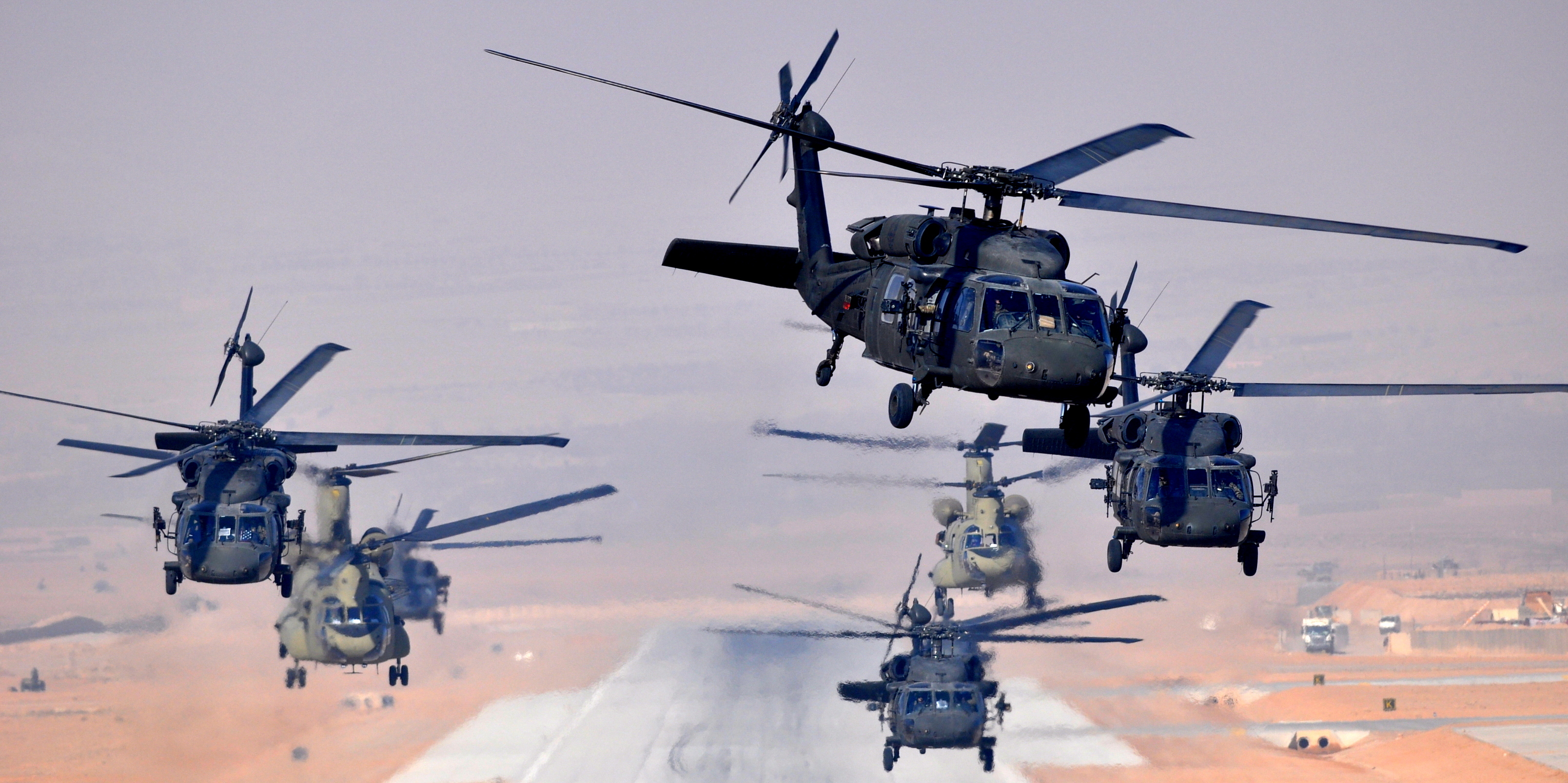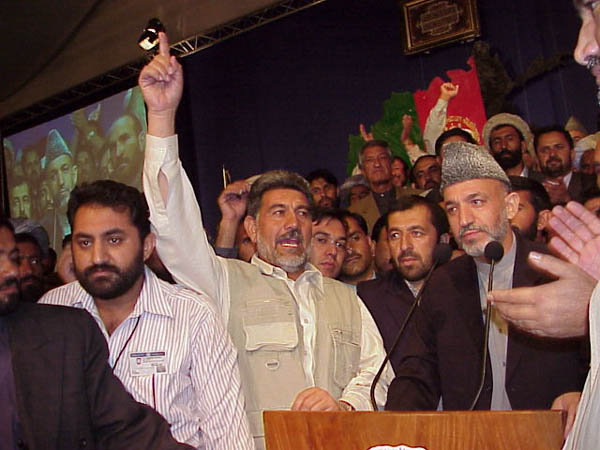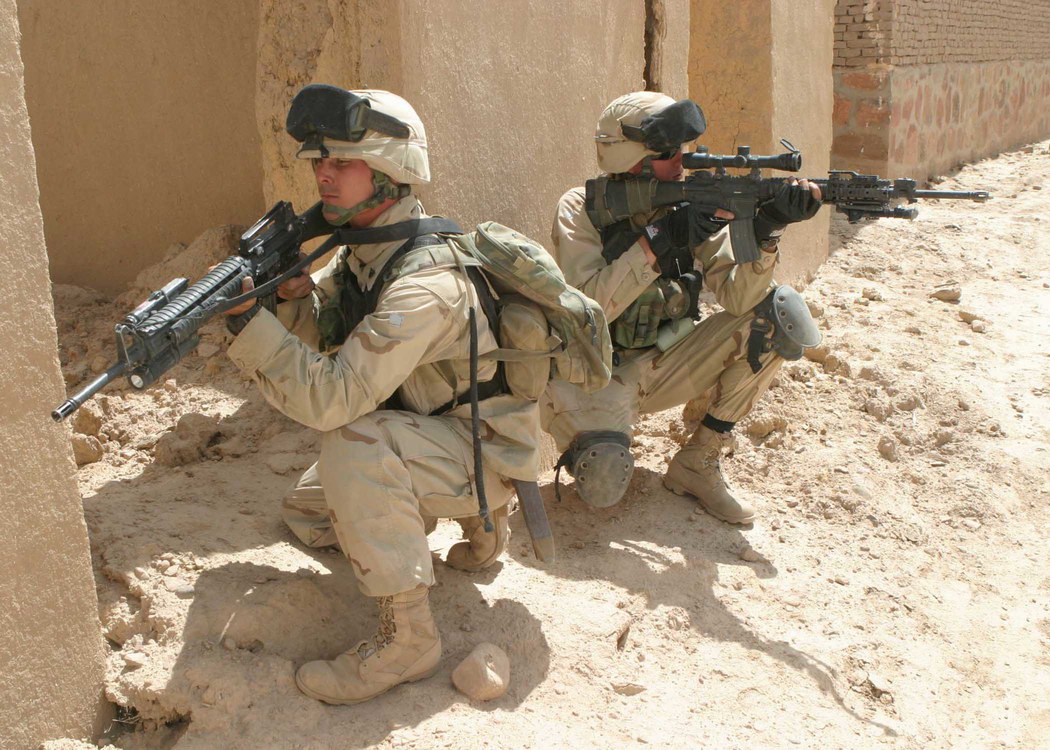|
Tarinkot
Tarīnkōṭ ( prs, ترين کوت), also spelled as Tarin Kowt, is the capital of Uruzgan Province in southern Afghanistan in the Tarinkot District. Tarinkot city has a population of 71,604 (2015), with some 200 small shops in the city's bazaar. In Tarinkot district, two major Pashtun tribal confederations are represented, Tareen tribes: Popolzai, Barakzai, Nurzai, Achakzai; and the Ghilzai tribes: Tokhi, Hotak. There are no medium or large-scale economic enterprises in the city. The provincial governor, currently Asadullah Hamdam, lives and works in a compound adjacent to the bazaar. Tarinkot is a Provincial Centre in south central Afghanistan. The majority of land is classified as non built-up (69%) of which agriculture is 67%. Residential land accounts for 47% of built-up land. The airport is located within the municipal boundaries, accounting the second largest built-up land use (24%). On 13 August 2021, Tarinkot was captured by Taliban fighters as part of the wider 202 ... [...More Info...] [...Related Items...] OR: [Wikipedia] [Google] [Baidu] |
Battle Of Tarinkot
The Battle of Tarinkot took place in 2001 during the War in Afghanistan. On November 14, 2001, ODA 574 and Hamid Karzai inserted into Uruzgan Province via 4 MH-60K helicopters with a small force of guerrillas. In response to the approach of Karzai's force, the inhabitants of the town of Tarinkot revolted and expelled their Taliban administrators. Karzai traveled to Tarinkot to meet with the town elders. While he was there, the Taliban marshaled a force of 500 men to retake Tarinkot. Karzai's small force plus the American contingent, which consisted of US Army Special Forces from ODA 574 and their US Air Force Combat Controller, Tech Sergeant Alex Yoshimoto, were deployed in front of the town to block their advance. Relying heavily on close air support directed by Yoshimoto, the American/Afghan force managed to halt the Taliban advance and drive them away from the town. The defeat of the Taliban at Tarinkot was an important victory for Karzai, who used the victory to recruit more ... [...More Info...] [...Related Items...] OR: [Wikipedia] [Google] [Baidu] |
Uruzgan Province
Uruzgan (Dari), also spelled as Urozgan or Oruzgan, is one of the thirty-four provinces of Afghanistan. Uruzgan is located in the center of the country. The population is 436,079, and the province is mostly a tribal society. Tarinkot serves as the capital of the province. In 2004, the new Daykundi Province was carved out of an area in the north. Uruzgan borders the provinces of Kandahar, Daykundi, Ghazni, Zabul, and Helmand. Geography Uruzgan province is located in southern Afghanistan, bordering Zabul and Kandahar to the south, Helmand to the southwest, Daykundi to the north, and Ghazni to the east. Uruzgan covers an area of . Much of the province is mountainous or semi-mountainous terrain, while the rest of the area is made up of flat land. History The Arabs were first to arrive in Uruzgan in the 7th century when they brought Islam to the region followed by the Saffarids who conquered the place in the 9th centur [...More Info...] [...Related Items...] OR: [Wikipedia] [Google] [Baidu] |
Multi National Base Tarin Kot
Multi National Base Tarin Kot is a former International Security Assistance Force (ISAF) installation, used after the Netherlands Armed Forces' departure by the Afghan National Army. The base was located on the outskirts of Tarinkot, the capital of Uruzgan Province in southern Afghanistan. Under the previous operators the base was used by multiple states including the Netherlands and Australia. The base was divided into multiple areas: * Camp Russell (Australia's Special Operations Task Group) * Camp Holland * On the opposite side of the runway is Tarinkot Airport, all sites use the same runway History The site was initially Forward Operating Base (FOB) Ripley which used by the United States Marine Corps, and in 2005/6 it was expanded to create "Kamp Holland" In December 2009 approximately 1,300 Dutch and 390 Australian personnel were stationed at ''Kamp Holland''. The base was closed in mid-March 2020 due to the American forces' drawdown. Task Force Uruzgan The first grou ... [...More Info...] [...Related Items...] OR: [Wikipedia] [Google] [Baidu] |
Tarinkot District
Tarinkot District, also spelled as Tarin Kowt, is a district of Uruzgan Province, Afghanistan. The capital of the district and the province is the town called Tarinkot. In Tarinkot district, two Pashtun tribal confederations are represented, the Tareen or Tarin tribes: Popolzai, Barakzai, Alikozai, Achakzai; and the Ghilzai tribes: Tokhi, Hotak, Suleiman-Khel. See also *Districts of Afghanistan *Tareen *Ghilzai The Ghiljī ( ps, غلجي, ; fa, خیلجی, Xelji) also spelled Khilji, Khalji, or Ghilzai or Ghilzay (), are one of the largest Pashtun tribes. Their traditional homeland is Ghazni and Qalati Ghilji in Afghanistan but they have also settl ... or Khilji References External links Map of SettlementsUnited Nations, AIMS, May 2002 Districts of Urozgan Province {{Oruzgan-geo-stub ... [...More Info...] [...Related Items...] OR: [Wikipedia] [Google] [Baidu] |
2021 Taliban Offensive
A military offensive by the Taliban insurgent group and other allied militants led to the fall of the Islamic Republic of Afghanistan based in Kabul and marked the end of the nearly 20-year-old War in Afghanistan, that had begun following the United States invasion of the country. The Taliban victory had widespread domestic and international ramifications regarding human rights and proliferation of terrorism. The offensive included a continuation of the bottom-up succession of negotiated or paid surrenders to the Taliban from the village level upwards that started following the February 2020 US–Taliban deal. The offensive began on 1 May 2021, coinciding with the withdrawal of the United States's 2,500 troops in Afghanistan, and those belonging to other international allies. Large numbers of armed civilians, including women, volunteered with the Afghan Army in defense, while some former warlords notably Ismail Khan were also recruited. Despite this, the Taliban managed t ... [...More Info...] [...Related Items...] OR: [Wikipedia] [Google] [Baidu] |
Hamid Karzai
Hamid Karzai (; Pashto/ fa, حامد کرزی, , ; born 24 December 1957) is an Afghan statesman who served as the fourth president of Afghanistan from July 2002 to September 2014, including as the first elected president of the Islamic Republic of Afghanistan from December 2004 to September 2014. He previously served as Chairman of the Afghan Interim Administration from December 2001 to July 2002. He is the chief (''khān'') of the Popalzai Durrani tribe of Pashtuns in Kandahar Province. Born in Kandahar, Karzai graduated from Habibia High School in Kabul and later received a master's degree in India in the 1980s. He moved to Pakistan where he was active as a fundraiser for the Afghan rebels during the Soviet–Afghan War (1979–1989) and its aftermath. He briefly served as Deputy Foreign Minister in the Islamic State of Afghanistan government. In July 1999, Karzai's father was assassinated and Karzai succeeded him as head of the Popalzai tribe. In October 2001 the Un ... [...More Info...] [...Related Items...] OR: [Wikipedia] [Google] [Baidu] |
Operational Detachment Alpha 574
Operational Detachment Alpha 574 is a part of the United States Army's Third Battalion, 5th Special Forces Group. At the beginning of Operation Enduring Freedom it operated in Afghanistan to help defeat the Taliban and create conditions for the establishment of a democratic government in Afghanistan. Jason Amerine was noted for leading the group in several battles of the Invasion of Afghanistan. Invasion of Afghanistan ODA 574, nicknamed "Texas 12" (Texas One-Two), was a group of 12 U.S Special Forces soldiers from Alpha Company, 3rd Battalion, 5th SFG under the command of Captain Jason Amerine. They deployed from Karshi-Khanabad Air Base (nicknamed K2 by the Special Forces) just outside of Tarin Kowt on 14 November, accompanied by Pashtun militia leader, Hamid Karzai, who was returning from exile. Their primary objective was to capture the Islamic spiritual center in the city of Kandahar. To capture the province. it was necessary to first capture the town of Tarin Kowt. T ... [...More Info...] [...Related Items...] OR: [Wikipedia] [Google] [Baidu] |
Provinces Of Afghanistan
Afghanistan is divided into 34 provinces (, '' wilåyat''). The provinces of Afghanistan are the primary administrative divisions. Each province encompasses a number of districts or usually over 1,000 villages. Provincial governors played a critical role in the reconstruction of the Afghan state following the creation of the new government under Hamid Karzai. According to international security scholar Dipali Mukhopadhyay, many of the provincial governors of the western-backed government were former warlords who were incorporated into the political system. Provinces of Afghanistan Regions of Afghanistan UN Regions Former provinces of Afghanistan During Afghanistan's history it had a number of provinces in it. It started out as just Kabul, Herat, Qandahar, and Balkh but the number of provinces increased and by 1880 the provinces consisted of Balkh, Herat, Qandahar, Ghazni, Jalalabad, and Kabul. * Southern Province – dissolved in 1964 to create Paktia Prov ... [...More Info...] [...Related Items...] OR: [Wikipedia] [Google] [Baidu] |
Fall Of Kandahar
The Fall of Kandahar took place in 2001 during the War in Afghanistan. After the fall of Mazar-i-Sharif, Kabul and Herat, Kandahar was the last major city under Taliban control. Kandahar was where the Taliban movement had originated and where its power base was located, so it was assumed that capturing Kandahar would be difficult. The city fell after several weeks of fighting to a force of local militia under Pashtun military commanders and their American advisers. The fall of Kandahar signaled the end of organized Taliban control of Afghanistan. Background Kandahar was held by a mixed garrison of Taliban and al-Qaeda troops. The latter were led by Saif al-Adel and mostly consisted of a few hundred Arab mujahideen who had joined the movement in response to the U.S. bombings of Afghanistan. Battle On 19 October 200 Rangers from the 3rd Ranger Battalion (75th Ranger Regiment) departed from four Lockheed MC-130 aircraft towards a desert landing strip south of the city, codename ... [...More Info...] [...Related Items...] OR: [Wikipedia] [Google] [Baidu] |
Marine Corps News
Marine is an adjective meaning of or pertaining to the sea or ocean. Marine or marines may refer to: Ocean * Maritime (other) * Marine art * Marine biology * Marine debris * Marine habitats * Marine life * Marine pollution Military * Marines, a naval-based infantry force ** United States Marine Corps ** Royal Marines of the UK ** Brazilian Marine Corps ** Spanish Marine Infantry ** Fusiliers marins (France) ** Indonesian Marine Corps ** Republic of China Marine Corps ** Republic of Korea Marine Corps ** Royal Thai Marine Corps *"Marine" also means "navy" in several languages: ** Austro-Hungarian Navy () ** Belgian Navy (, , ) ** Royal Canadian Navy () *** Provincial Marine (1796–1910), a predecessor to the Royal Canadian Navy ** Navy of the Democratic Republic of the Congo () ** Royal Danish Navy () ** Finnish Navy (, ) ** French Navy () ** Gabonese Navy () ** German Navy () ** Royal Moroccan Navy () ** Royal Netherlands Navy () ** Swedish Navy () Places ... [...More Info...] [...Related Items...] OR: [Wikipedia] [Google] [Baidu] |
22nd Marine Expeditionary Unit
The 22nd Marine Expeditionary Unit (22nd MEU) is one of seven such units currently in existence in the United States Marine Corps. It is a Marine Air Ground Task Force with a strength of about 2,200 personnel. They are currently based out of Marine Corps Base Camp Lejeune, North Carolina and fall under the command of the II Marine Expeditionary Force. It is the most decorated of the U.S. Marine Corps' seven MEUs. Mission "Provide the United States with a forward-deployed, amphibious force-in-readiness capable of executing mission across the full spectrum of combat and military operations other than war." Structure The MEU consists of four basic elements: Command Element (CE): Serves as the headquarters for the entire unit and allows a single command to exercise control over all ground, aviation and combat service support forces. Ground Combat Element (GCE): Built around a Marine infantry battalion, the GCE is reinforced with tanks, artillery, amphibious vehicles, engineers ... [...More Info...] [...Related Items...] OR: [Wikipedia] [Google] [Baidu] |





